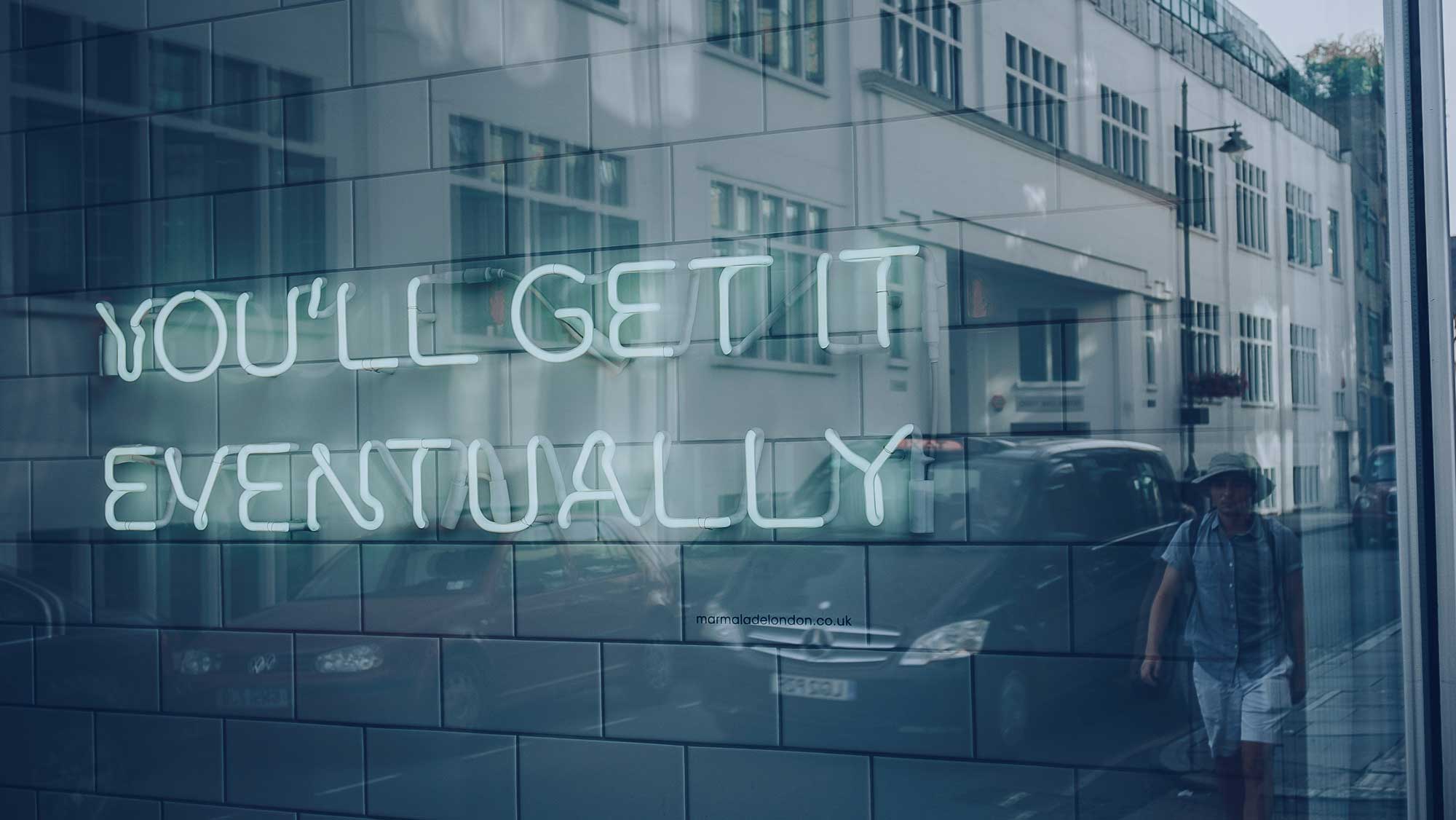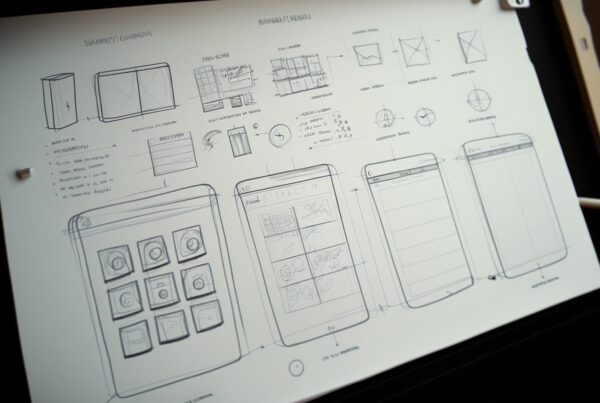Intro
Working on all sorts of design projects with creatives is never easy. Whenever you work on something that is as subjective as design it’s only natural to have divided opinions which oftentimes leads to conflict. Keeping a “detached” perspective is important and one must always keep the end goal in mind.
The Designer
Most designers are very passionate about their work which is understandable because they put so much effort into creating it. They almost treat it as if it was their baby. Having their work completely dismantled by a “tough” client is hard to swallow.
One thing, however, that designers often misunderstand is that they are in the business of commercial design where a value transaction takes place. You pay me money and I design stuff for you. In this transaction the client has the power to dictate what the outcome should be. The fact that the designer thinks the logo should be blue although the client asked for a pink one is absolutely irrelevant.
Nevertheless, the designer should also be able to stand up for his design work and properly explain why he chose a specific route or concept. If that doesn’t produce any results then the concepts must be revisited with the client’s feedback in mind.
Key is to stay detached from the design work and be in “zen” mode when listening to the client’s feedback – never take things personally. Instead designers need to keep a positive mindset and do everything in their power to overcome the challenge and solve the problem.
It’s not a competition, its a collaborative effort!
The Client
There are many types of clients. Some rely on your expertise as a designer and let you sit in the driver’s seat throughout the whole project (aaah, those are my favorite!). Some believe that they have a lot to contribute in terms of experience and want to have a say in everything that is produced. That’s absolutely normal because people have different personalities and deal with projects in various ways. At the end of the day the client is the one who pays, so their opinion has to be considered.
Clients, however, also need to understand effective ways of giving feedback and contributing to the success of a project. Simply saying “I don’t like it” isn’t very constructive feedback. As a client, you need to understand where the designer is coming from and see things from their perspective and then decide whether the design works or not.
Providing feedback over email can be easily misunderstood. Arrange a phone call or grab a coffee and go over the designs together. This will ensure that you’re both on the same level and that there is less room for error.
When giving feedback it’s very important to keep a positive mindset and first try to see what works in the presented design, then suggest alternatives and point out the areas that need improvement while always finishing on a good note.
”The best type of outcomes are produced when clients and designers know how to communicate effectively and solve a problem as a team, not as two opposing parties.
Alexander Danelia
Remember
You are all in the same boat and should aim to go in the same direction without getting personal. You have to keep in mind that some relationships are just not meant to be. It’s a little bit like finding the right girlfriend / boyfriend. There has to be a certain level of affinity, trust, understanding and personal connection. When things don’t work out and you just don’t seem to click, don’t be afraid to part ways in an amicable manner.
I feel like a peace maker writing this post but it unfortunately happens way too often that amazingly interesting projects never reach the finishing line because personalities clash and the potential to create stunning design work is lost.






